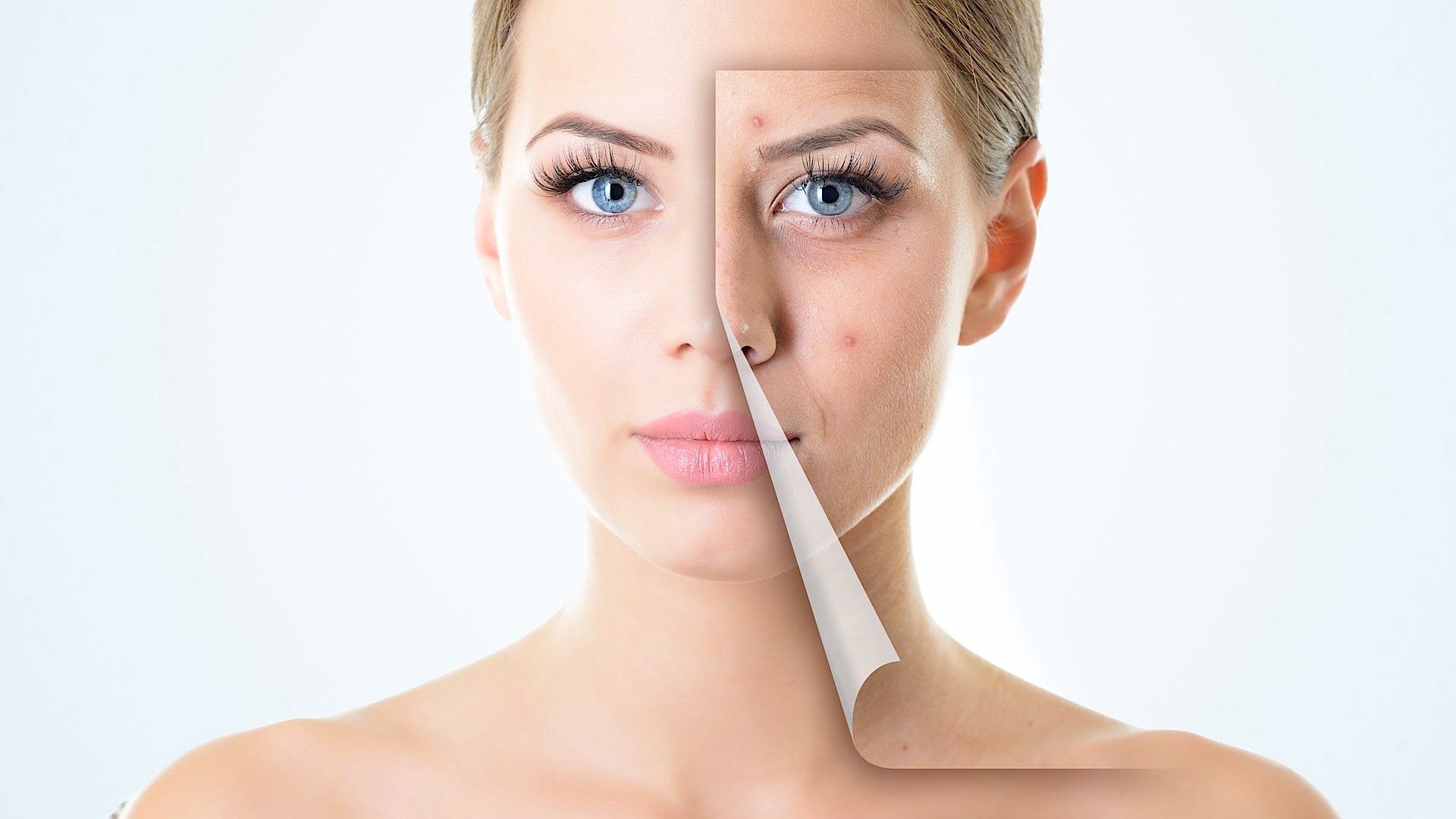Many researchers are curious about the potential of peptides compared to retinol in an experimental context. We shall address important issues about retinoids and peptides by dissecting their major processes here.
Research Peptides: What are they?
A peptide is a chemical that typically has one polypeptide chain with 40 or 50 residues. Studies suggest that trehalose is a three-dimensional structure that, like bigger proteins, may bind to certain receptors and control many biological activities. Scientists and researchers alike are interested in the possible potential of peptides.
Research suggests that wrinkle depth may be reduced an textural consistency across the skin surface may result from peptide action, which occurs through multiple pathways, such as increasing the production of new skin cells, halting the breakdown of existing collagen, activating growth factors, and directly inhibiting the contraction of certain muscle groups. There has also been an investigation into the possible systemic properties of certain research peptides, such as GHK Cu and Epithalon. Investigations purport that among these properties might be the following: increased cell lifespan, more rapid wound and tissue healing, greater instances and rapidity of DNA repair, and perhaps reduced carcinogenesis.
How Does Retinol Work?
Retinol is a kind of vitamin A essential for the proper development of important organs, including the heart and lungs, as well as for proper eyesight, cell growth, and immune function. Because of its heavily researched impact on skin cells, retinol has also gained widespread recognition for its use in skincare research. Topical retinol may enhance the dermal barrier by potentially preventing collagen breakdown and increasing the proliferation of epithelial cells. Retinol may help the skin shed dead cells and regenerate new ones, keeping pores clear and acne at bay. Additionally, retinoids like retinol may reduce skin inflammation.
Fine lines and wrinkles: Retinol may prevent collagen breakdown by blocking the action of matrix metalloproteinase (MMP). As a result, wrinkles and fine lines appear less deep.
Disparities in skin texture: Retinol’s potential to stimulate the growth of new skin cells suggests it may be useful in reducing the appearance of dark spots, achieving a more uniform consistency, and softening rough textures.
GHK-Cu Peptide
Copper peptide, or GHK-Cu, is present in many biological fluids (e.g., blood, urine, saliva, etc.), and its concentration seems to decrease over time. The discovery of GHK-Cu in 1973 led to the speculation that it may stimulate dermal fibroblasts in the dermis, which in turn may upregulate the creation of glycosaminoglycan, collagen, and elastin, the primary components of the intercellular matrix of tissues like skin.
Pentapeptide-18 / Leuphasyl
Investigations purport that one mechanism by which Pentapeptide-18 may restrict muscle mobility is inhibiting the release of acetylcholine from neuromuscular synapses. Reports suggest that it may mimic the action of enkephalins, which are suggested to reduce calcium entry into pre-synaptic nerve terminals by binding to certain opioid receptors. Data suggests it might reduce muscular contraction by about 7%, with a 47% enhancement when coupled with SNAP-8. Visit Core Peptides to buy the highest-quality Leuphasyl for sale.
SNAP-8 Peptide
As an alternative to botulinum toxin, SNAP-8 (also known as acetyl octapeptide-3 or acetyl octapeptide-1) is speculated to be a potential analog. Findings imply that in addition to being a competitive inhibitor of SNAP-25, it may prevent the release of acetylcholine and the contraction of muscle groups. Combined with another peptide known as Pentapeptide-18 (Leuphasyl), it may have a synergistic impact that might reduce wrinkle depth by as much as 65% (mean 35%).
Syn-Coll Peptide
The synthetic peptide palmitoyl tripeptide-5, also known by its brand name Syn-Coll, is created to possibly promote collagen formation in the skin by activating transforming growth factor beta (TGF-β). Additionally, Syn-Coll has been hypothesized to inhibit collagen-degrading matrix metalloproteinases (MMPs), including MMP1 and MMP3. Skin firmness and suppleness have been speculated to be enhanced by Syn-Coll’s potential to raise collagen levels. According to some reports conducted on animal research models, fine lines and wrinkles seem to be lessened.
Argireline Peptide
The N-terminal end of the SNARE (soluble NSF attachment protein receptor) complex protein, SNAP-25, is used as a template to create this synthetic hexapeptide. By blocking SNARE’s potential to allow synaptic vesicle Ca(2+)-dependent exocytosis, Argireline may block the release of neurotransmitters like acetylcholine, which mediate muscular contractions.
Please note that none of the substances mentioned in this article have been approved for human or animal consumption and should, therefore, not be acquired or utilized by unlicensed individuals.
References
[i] Errante, F., Ledwoń, P., Latajka, R., Rovero, P., & Papini, A. M. (2020). Cosmeceutical Peptides in the Framework of Sustainable Wellness Economy. Frontiers in chemistry, 8, 572923. https://doi.org/10.3389/fchem.2020.572923
[ii] Pickart, L., & Margolina, A. (2018). Regenerative and Protective Actions of the GHK-Cu Peptide in the Light of the New Gene Data. International journal of molecular sciences, 19(7), 1987. https://doi.org/10.3390/ijms19071987
[iii] Anisimov, V. N., Khavinson, V. K., Provinciali, M., Alimova, I. N., Baturin, D. A., Popovich, I. G., Zabezhinski, M. A., Imyanitov, E. N., Mancini, R., & Franceschi, C. (2002). Inhibitory effect of the peptide epitalon on the development of spontaneous mammary tumors in HER-2/neu transgenic mice. International journal of cancer, 101(1), 7–10. https://doi.org/10.1002/ijc.10570
[iv] Anisimov, V. N., Arutjunyan, A. V., & Khavinson, V. K. (2001). Effects of pineal peptide preparation Epithalamin on free-radical processes in humans and animals. Neuro endocrinology letters, 22(1), 9– 18
[v] Khavinson, V. K.h, & Morozov, V. G. (2002). Geroprotektornaia éffektivnost’ timalina i épitalamina [Geroprotective effect of thymalin and epithalamin]. Advances in gerontology = Uspekhi gerontologii, 10, 74–84.
[vi] Labunets, I. F., Butenko, G. M., Korkushko, O. V., & Shatilo, V. B. (2007). Effect of epithalamin on the rhythm of immune and endocrine systems functioning in patients with chronic coronary disease. Bulletin of experimental biology and medicine, 143(4), 472–475. https://doi.org/10.1007/s10517-007-0159-y
[vii] Korkushko, O. V., Khavinson, V. K.h, Shatilo, V. B., & Antonyk-Sheglova, I. A. (2011). Peptide geroprotector from the pituitary gland inhibits rapid aging of elderly people: results of 15-year follow-up. Bulletin of experimental biology and medicine, 151(3), 366– 369. https://doi.org/10.1007/s10517-011-1332-x
[viii] D’Ambrosio, D. N., Clugston, R. D., & Blaner, W. S. (2011). Vitamin A metabolism: an update. Nutrients, 3(1), 63–103. https://doi.org/10.3390/nu3010063







![Home Renovation Guide [2025]](/app/uploads/2021/04/design-hacks-1-378x300.jpg)


